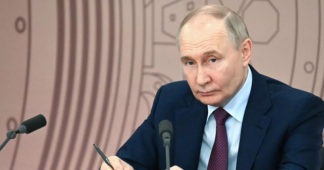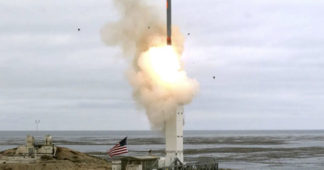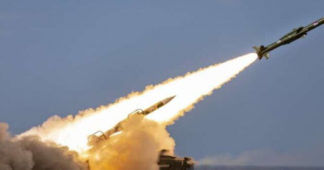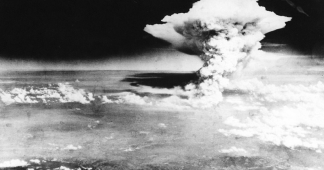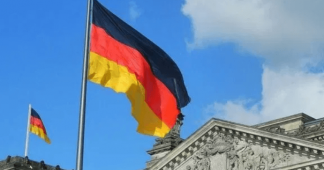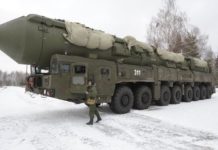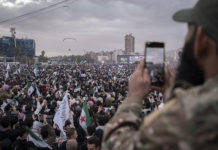Aug 5, 2025
Moscow is ending its moratorium on the deployment of ground-launched short-and medium-range missiles, the Russian Foreign Ministry announced. According to its statement, the West is openly stationing short-and medium-range missiles in various parts of the world, while Russia’s initiatives on the issue have seen no reciprocity, Vedomosti reports.
The Russian Foreign Ministry added that officials from the US and its allies announced plans to ensure ‘long-term’—that is, permanent—presence of such US weapons in Europe and the Asia-Pacific region. In particular, this is about the Typhon medium-range missile system deployed to the Philippines, which was delivered to the country under the guise of military drills but remained there afterward. The Precision Strike Missile (PrSM), whose subsequent modifications will have a range of over 1,000 km, was once again tested during an exercise in Australia in 2025. Additionally, the US has announced plans to deploy medium-range missiles to Germany in 2026.
Oleg Barabanov, program director at the Valdai International Discussion Club, does not rule out that Russia’s move to end the moratorium is an element of psychological pressure. Moscow is not seeking to raise the stakes but is rather conducting an informational campaign against the US president. “An arms race between the US and Russia has been going on for years. Now, a new aspect is being added to the Ukrainian theater of war—a global nuclear missile threat,” Barabanov said.
According to Dmitry Stefanovich, researcher with the Center for International Security at the Russian Academy of Sciences’ Institute of World Economy and International Relations, this is a somewhat belated move to “even up the stakes.” However, it’s also clear that tensions continue to mount, with all parties contributing to the process. The expert notes that Russia’s unilateral moratorium never took full effect after the collapse of the Intermediate-Range Nuclear Forces Treaty (INF Treaty), even though the initiative had a lot of potential to strengthen strategic stability.
Sergey Oznobishchev, director of the Institute for Strategic Assessments, told Kommersant that although in the short term, an arms race is expected to take place with regard to ground-based short-and medium-range missiles, in the longer run, the parties will try to make an agreement on some limitation measures. In the expert’s view, the current situation is a bit reminiscent of the late 1970s European missile crisis between the Soviet Union and NATO, which actually resulted in the INF Treaty. “After all, the Russian president has repeatedly said that an arms race is not our preference,” the analyst emphasized.
Published at tass.com
Izvestia: Russia to respond to NATO nuclear activity
Aug. 6, 2025
NATO is placing a greater emphasis on expanding the role of nuclear weapons amid preparations for a potential military clash with Moscow, Russian Deputy Foreign Minister Alexander Grushko told Izvestia. According to him, in its defense planning, Russia is taking into account the alliance’s actions intended to potentially engage such types of arms. Earlier, several nuclear B61-12 bombs were moved to Great Britain. The bloc’s actions are an attempt to put pressure on Russia during talks on Ukraine while NATO will fail to achieve its goal, experts believe. Moscow has already reacted by lifting a moratorium on deploying intermediate-and shorter-range missiles.
“We are closely assessing the situation and proceed from the fact that the very essence of NATO’s military activity is directed at preparing a potential military clash with Russia,” Grushko noted. “All of this is being taken into account in our defense planning and military development,” the senior diplomat said, replying to a question by Izvestia.
The deployment of nuclear aerial bombs on British soil was planned many years ago, systematic work has been underway, Dmitry Stefanovich, researcher with the Center for International Security at the Russian Academy of Sciences’ Institute of World Economy and International Relations, explained to the newspaper.
“In any case, stable mutual nuclear deterrence between Moscow and Washington persists,” the expert believes.
“Deploying US tactical nuclear weapons in the UK, possibly at Lakenheath air base, indicates the first ever increase of the tactical nuclear arms potential in Europe since the end of the Cold War which, without ‘new arrivals’ is about 100-125 units,” research fellow at the Center for International Security at the Russian Academy of Sciences’ Institute of World Economy and International Relations Vasily Klimov told Izvestia.
All of this is unfolding amid the Russian Armed Forces’ successes in the combat zone and their continued advance. Given how rapidly the strategic situation is changing in Ukraine, it is obvious that Russia’s terms of a truce will also shift, which may place the West’s reputation in an even tighter spot, analyst Tigran Meloyan from the HSE Mediterranean Studies Center told the newspaper.
“For instance, Russia may deploy intermediate-and shorter-range missiles not only in the European part but also in the Asian region, begin working on reviving the Anadyr-1 facility in Chukotka from where the missiles are capable of reaching Alaska and the continental US. Back in the day, underground storage facilities at the military base stored nuclear arms, however, in accordance with the INF treaty, they were removed,” Meloyan added.
Published at tass.com
We remind our readers that publication of articles on our site does not mean that we agree with what is written. Our policy is to publish anything which we consider of interest, so as to assist our readers in forming their opinions. Sometimes we even publish articles with which we totally disagree, since we believe it is important for our readers to be informed on as wide a spectrum of views as possible.
